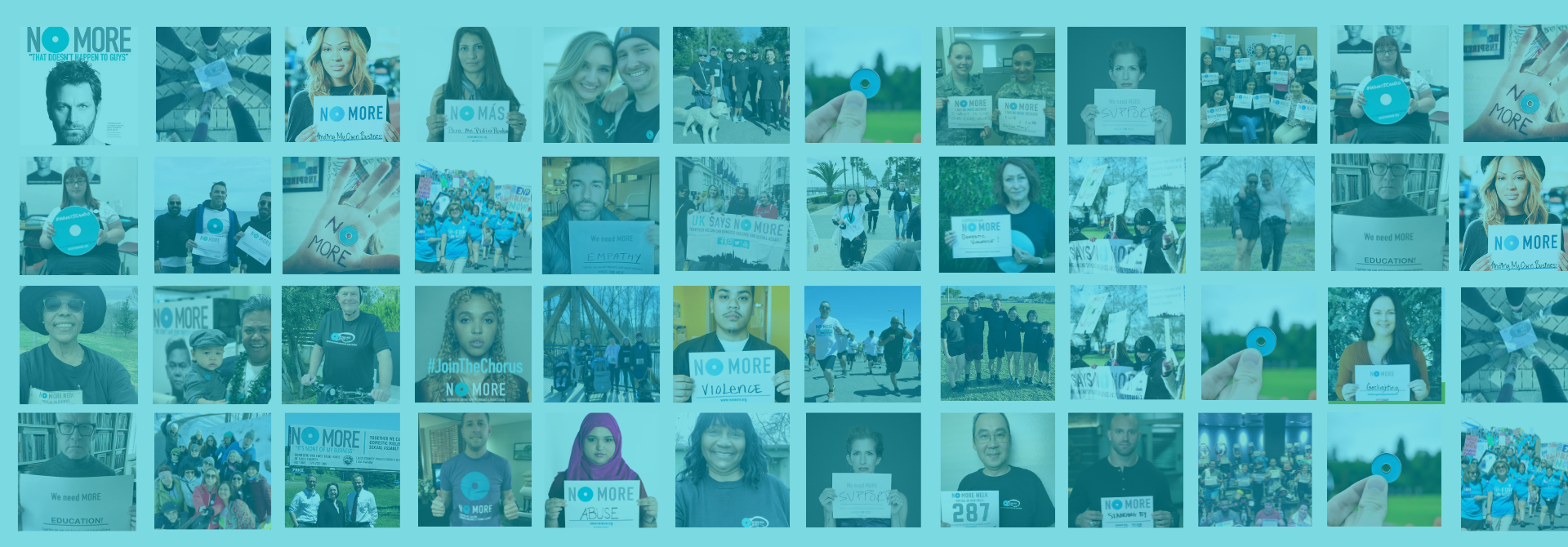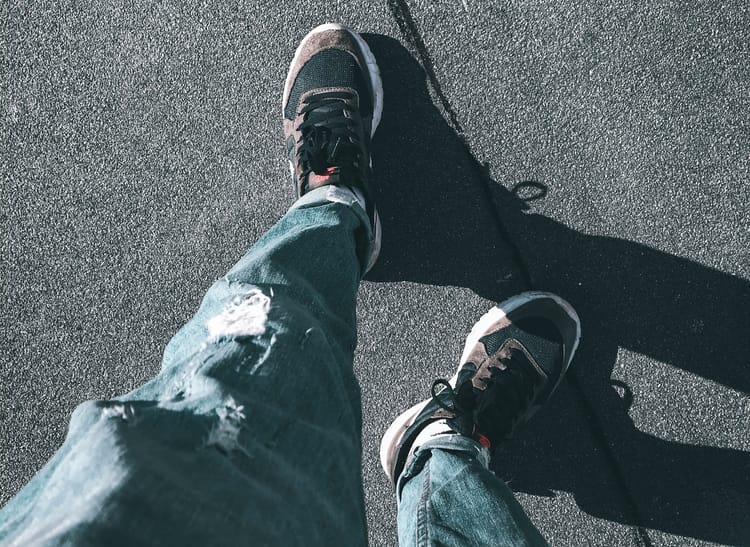Ending Domestic and Sexual Violence: Engaging Kids to Create a New Normal

The following was excerpted from the 2/29/20 TEDxMaplewood Talk by Jane Randel, co-founder of NO MORE
Author’s Note: This TEDx Talk was given before COVID-19 was a massive public health problem in the United States. Certainly addressing COVID-19 is most urgent right now. The point of the TEDxTalk remains the same though and perhaps has been further proven. We can raise awareness and change behaviors with large-scale public education campaigns.
People often wonder if I am so passionate because I am a survivor of domestic violence or sexual assault. I’m not. But that makes me an anomaly of sorts. Because in the U.S.:
- 1 in 4 women will experience domestic violence in her lifetime
- 1 in 6 men is sexually abused before the age of 18
- 1 in 3 teens experiences sexual or physical abuse or threats from a partner in one year
- 1 in 5 women is a survivor of rape
And the statistic I find the most chilling: between 80-90% of sexual assaults are committed by someone the victim knows. These aren’t new statistics; in fact, they reflect the current norm. If you haven’t been impacted by domestic or sexual violence directly, you definitely know someone who has.
So, what do we do to stop this?
We’ve created large public awareness and prevention campaigns in the past on issues like breast cancer, drunk driving and HIV/AIDS that encouraged everyone to speak up and learn more—actions that have ultimately saved countless lives. For sure, #MeToo has made it safer to speak openly about domestic and sexual violence, but we’re not all the way there yet—most of us still don’t know what to do to prevent them—for our families or society as a whole.
We need to give our kids the tools to know what healthy relationships look like, to resolve disagreements without violence, to demand mutual respect in all their relationships.
Unlike breast cancer, DUI and HIV/AIDS, there is no one effective action that we as bystanders can take to mitigate the problem: you can’t get a mammogram, take away someone’s keys, or wear a condom. Beyond the fact that it’s hard to simply and effectively communicate about an issue that has such deep and complex roots, it’s further complicated by the fact that the problem does not fit neatly into a box. Each situation is different—even though the dynamics of power and control at the core are the same.
It was this—the challenge of communicating in a way that would drive action—that compelled me to create NO MORE with a colleague over a decade ago. We believed that by engaging bystanders—in particular youth—we could stop the violence before it starts. I still do. But as adults, we have to help get them there.
We need to give our kids the tools to know what healthy relationships look like; to resolve disagreements without violence; to demand mutual respect in all their relationships—peer and dating; to appreciate personal boundaries; and to understand consent beyond “no means no.”
These tools are valuable in peer relationships, too, and those conversations should start well before the teen years. We’re not talking about dating at this age, of course, but how kids interact with each other—because if you think about it “mean girls” and bullies are really people who use power and control over others—just like abusive relationships. By teaching young kids about things like boundaries in friendships, conflict resolution, and healthy friendships, we are laying the groundwork for positive relationships going forward.
Bringing this up with teens can be harder. Besides the fact that they’re teens, and don’t necessarily want to talk to adults about relationships, there are so many outside forces at play—things most of us did not have to deal with growing up. Teens today are available 24 hours a day 7 days a week with social media acting as the third wheel in all their relationships. We have less control than ever over the messages our kids are getting which means we have to be more proactive in giving them the tools and the words to make good decisions.
For sure, talking about trust, respect, open and honest communication, equal decision-making vs jealousy, isolation, name calling and threats of violence with a teen who would rather anywhere else is not easy. [I have three teen-aged boys and we have had some very silent car rides.] But it is necessary because if we don’t, they’ll learn about relationships and sex from other sources.
Adults need to take a collective deep breath and acknowledge that our kids have access to online porn—and if it’s not the kids in our lives it’s their friends or their friends’ friends. Regardless, we need to be sure they know it’s fiction and not what real life looks like. Healthy sexual experiences should be based on clear, mutual consent. Period.
It’s been done before. Large-scale awareness and education campaigns have made getting mammograms to fight breast cancer and wearing condoms to stop HIV/AIDS safe to talk about. They’ve made us wear seatbelts pretty religiously; recycle pretty regularly; cut back significantly on smoking.
This tells me we can learn and grow as a society. By giving kids the tools and the language, we can help them create a new normal and they can live in a world with far less domestic violence and sexual assault – and their kids even less.

Make a Difference
The best way to make an impact is by joining the movement. Subscribe with a supporting membership for as little as $5 a month.
Become a ChampionTogether We Can End Domestic and Sexual Violence






